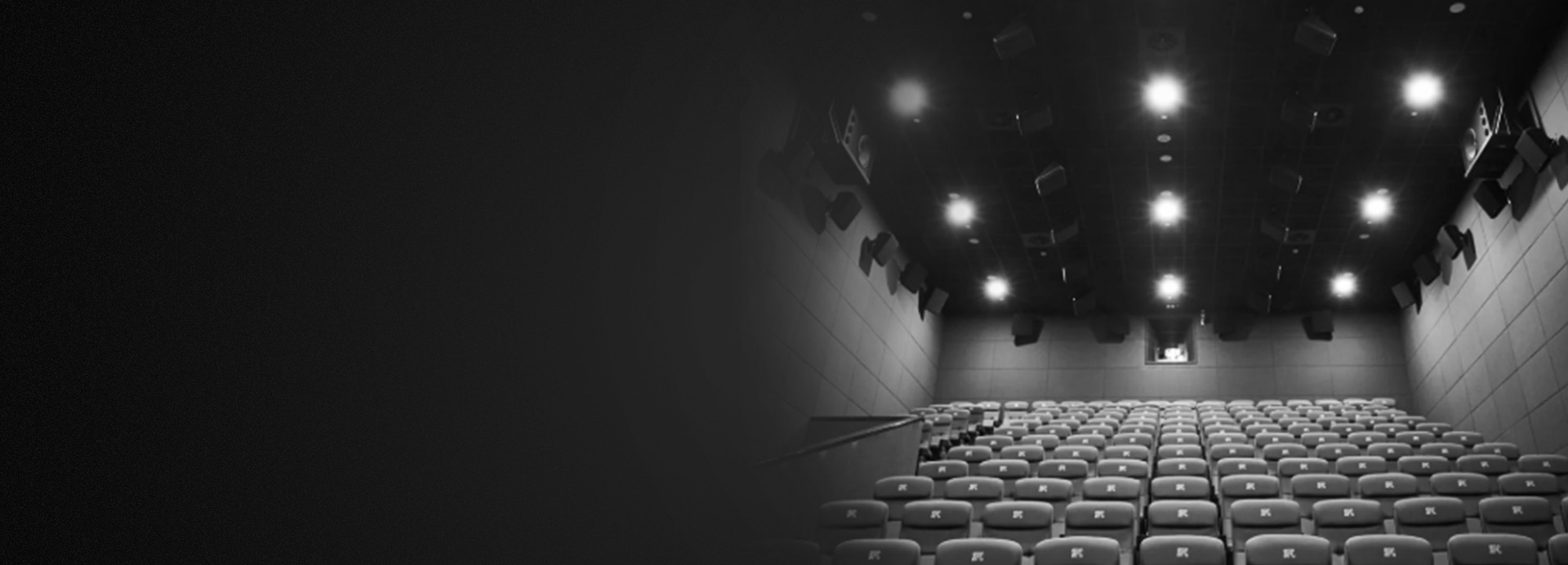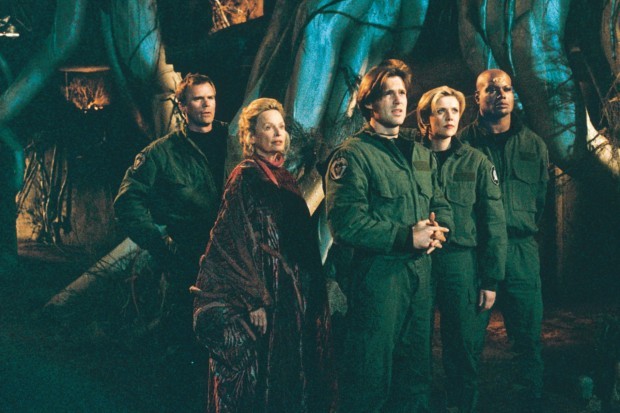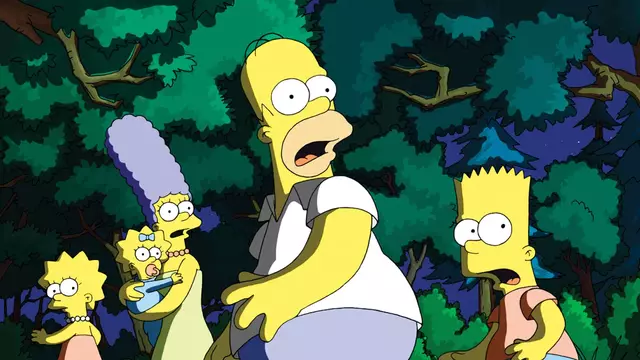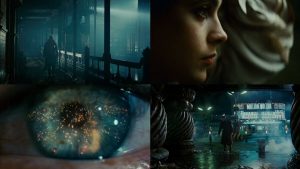When we think about movies, the first images that come to mind are often visual—iconic scenes, breathtaking cinematography, or memorable performances. Yet, sound is equally vital to the cinematic experience. From swelling orchestral scores to whispered lines of dialogue, sound shapes how we feel, understand, and remember films. In fact, sound often works on a subconscious level, guiding our emotions without us even realizing it.
This article explores the essential role of sound in cinema, examining how music, dialogue, and even silence come together to transform moving pictures into immersive storytelling.
The Birth of Sound in Cinema
For the first three decades of cinema, movies were silent. That didn’t mean they were silent for audiences—live musicians, sound effects artists, and narrators often accompanied screenings. Still, the lack of synchronized sound limited what filmmakers could achieve.
Everything changed in 1927 with The Jazz Singer, the first feature-length film to include synchronized dialogue and songs. The success of this “talkie” revolutionized the industry, forcing studios to invest in sound technology. Silent film stars struggled to adapt, but for audiences, the novelty of hearing voices and music directly integrated into film was irresistible. Sound had forever altered the language of cinema.
Dialogue: The Voice of Storytelling
Dialogue is one of the most recognizable uses of sound in film. It provides exposition, reveals character, and drives narrative forward. But great dialogue is more than words—it’s about delivery, tone, rhythm, and subtext.
Think of Humphrey Bogart’s iconic line in Casablanca: “Here’s looking at you, kid.” The words themselves are simple, but the delivery carries layers of emotion, memory, and unspoken love. Similarly, Quentin Tarantino’s films rely on extended conversations that reveal character quirks and heighten tension, often more gripping than action sequences.
Sound design enhances dialogue, too. Microphone placement, room acoustics, and mixing determine whether a voice feels intimate, distant, or distorted. A whisper recorded close to the microphone can create intense intimacy, while echoes and reverb can amplify feelings of isolation or dread.
Music: The Emotional Core of Cinema
Film music is perhaps the most powerful emotional tool in a filmmaker’s arsenal. A well-chosen score can elevate even simple scenes into unforgettable moments.
John Williams’s themes for Star Wars, Jurassic Park, and Harry Potter are etched into cultural memory, inseparable from the stories themselves. In contrast, Hans Zimmer’s thunderous, minimalist compositions for Inception or Dune immerse audiences in overwhelming tension and awe.
Music can serve many roles:
-
Leitmotifs: recurring musical themes linked to characters or ideas (e.g., Darth Vader’s “Imperial March”).
-
Mood setting: soft strings for romance, percussive beats for action, dissonance for horror.
-
Irony: cheerful songs played over violent scenes can create dark humor, as in Quentin Tarantino’s Reservoir Dogs.
Even silence in the score can be impactful. Consider the absence of music in No Country for Old Men, where the Coen brothers rely on ambient sound to heighten suspense.
Sound Effects: Building Worlds Beyond the Screen
Sound effects (often called Foley, named after sound pioneer Jack Foley) bring texture and realism to cinema. They range from footsteps and doors closing to explosions and alien roars. Every sound we hear on screen is often carefully recreated or enhanced in post-production to create a more immersive experience.
For instance, the iconic lightsaber hum in Star Wars came from blending the buzz of an old television tube with the sound of projector motors. Similarly, the terrifying dinosaur roars in Jurassic Park were combinations of animal calls—from elephants to lions—layered together.
Sound effects don’t just replicate reality; they create cinematic reality. They heighten action, amplify fear, and sometimes even become iconic characters themselves.
The Art of Silence
Silence in cinema is as powerful as any explosion or symphony. By stripping away sound, filmmakers force audiences to focus on visual details, atmosphere, or the absence of communication. Silence can create tension, vulnerability, or profound emotional weight.
Alfred Hitchcock famously said: “There is no terror in the bang, only in the anticipation of it.” Silence builds that anticipation, making audiences hold their breath in expectation.
A modern example is John Krasinski’s A Quiet Place, where silence isn’t just stylistic—it’s essential to the narrative. The absence of sound becomes a life-or-death element, transforming everyday actions like walking or eating into nail-biting suspense.
Sound Design: Crafting the Sonic Landscape
While music, dialogue, and effects each play roles, it is sound design that brings them together into a coherent whole. Sound designers sculpt the sonic landscape of a film, deciding how elements interact and how audiences experience them.
In Christopher Nolan’s Dunkirk, sound design immerses viewers in war through layered planes, gunfire, and Hans Zimmer’s ticking score. In David Lynch’s films, unsettling soundscapes blur the line between reality and nightmare. These choices aren’t accidental—they’re carefully constructed to manipulate audience psychology.
Sound and Genre
Different genres rely on sound in distinct ways:
-
Horror: Unsettling noises, sudden stingers, and silence build suspense (Psycho’s shower scene is defined as much by screeching violins as by visuals).
-
Action: Explosions, gunfire, and rapid sound cues create intensity (Mad Max: Fury Road uses roaring engines as a musical motif).
-
Romance: Gentle scores and intimate dialogue enhance emotional connection.
-
Science Fiction/Fantasy: Inventive sound effects establish otherworldly environments (Blade Runner’s soundscape is as iconic as its visuals).
Each genre adapts sound to fulfill audience expectations while offering new experiences.
Psychological Impact of Sound
Sound affects audiences on a subconscious level. Low-frequency sounds can create unease or dread, even if viewers don’t consciously register them. This is why horror films often use sub-bass tones that audiences feel in their bodies. Conversely, major chords in music can create feelings of joy or triumph.
Filmmakers exploit these psychological cues to manipulate audience emotion. Sound isn’t just an accessory; it’s a direct line to the human nervous system.
The Digital Revolution in Sound
As with cinematography, technology has transformed sound in cinema. Dolby Stereo, THX, and modern surround-sound systems expanded the sonic possibilities of theaters. Today, Dolby Atmos allows sounds to move in three-dimensional space, placing audiences inside the action.
Streaming platforms also prioritize immersive sound, with home audio systems becoming more advanced. At the same time, advances in digital audio editing allow filmmakers to craft more complex soundscapes with unprecedented precision.
Why Sound Matters in Cinema
Without sound, films would lose half their expressive power. Sound gives weight to visuals, emotional resonance to narratives, and identity to characters and worlds. It guides attention, manipulates feelings, and lingers in memory long after credits roll.
Think of The Lion King without its sweeping songs, Pulp Fiction without its retro soundtrack, or Inception without Zimmer’s iconic “braaam.” Sound doesn’t just enhance movies—it defines them.
Conclusion
Cinema is a multi-sensory art form, and sound is its hidden force. Whether through stirring dialogue, powerful music, immersive sound effects, or the haunting use of silence, sound shapes how we connect with film on both conscious and subconscious levels. From the early days of “talkies” to modern surround sound and beyond, sound remains one of cinema’s most essential and transformative tools.
As technology evolves, filmmakers will continue experimenting with sonic possibilities. But at its heart, the role of sound in cinema remains unchanged: to move us, to immerse us, and to make stories unforgettable.

Sarah Mitchell is a bestselling novelist recognized for her insightful and emotionally resonant stories that explore the complexities of human relationships. Originally from Denver, Colorado, Sarah grew up in a family of teachers who nurtured her curiosity and love for storytelling. She studied psychology at Stanford University, where she became fascinated by the intricacies of human behavior—an interest that would later shape her writing career. Sarah’s novels are praised for their nuanced characters, intricate plots, and ability to capture the subtle tensions that define love, friendship, and family ties. Her breakthrough novel, The Spaces Between Us, became an instant bestseller, lauded for its honest portrayal of strained family relationships and the fragile bonds that hold people together. Since then, she has published several works that continue to captivate audiences around the world. Outside of her writing career, Sarah is passionate about mental health advocacy and often partners with organizations to promote awareness and support for those struggling with emotional well-being. Her personal life is quieter—she enjoys hiking in the Colorado mountains, practicing yoga, and spending time with close friends. With each new book, Sarah Mitchell cements her reputation as a writer who illuminates the beauty and struggles of human connection.









